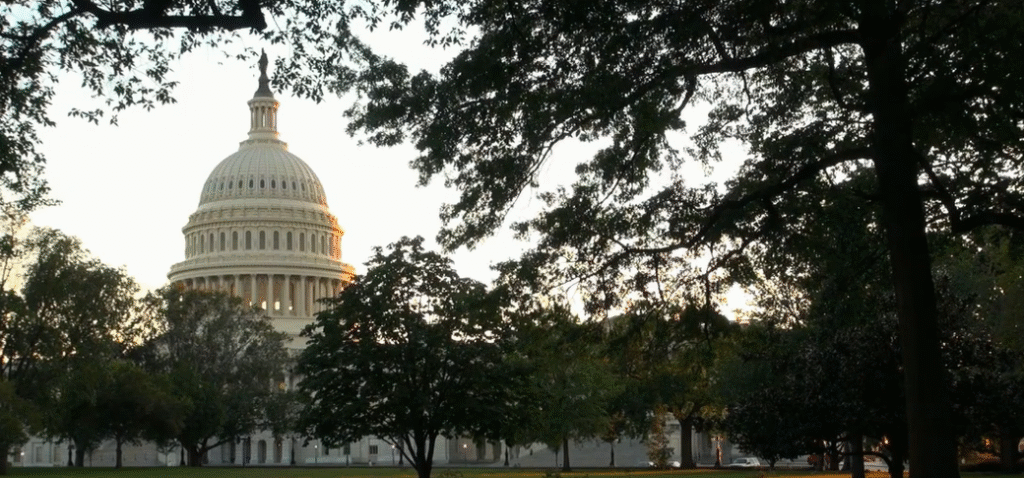Although the U.S. Administrative Code 15C-16.003 was never intended to be a household term, scammers used it for fraudulent text messages, making it a headline fixture by the middle of 2025. The strategy has proven to be incredibly successful, capitalizing on the fear of gullible drivers who were warned that failure to pay up right away could result in suspension, fines, or even prosecution.
The scam’s advantage is the misuse of bureaucratic jargon, but it feels remarkably similar to previous phishing attempts. Fraudsters provide a very clear appearance of legitimacy to their scheme by referencing a statute that sounds official. Many victims clicked before being questioned because they were afraid of losing their license. Others immediately recognized the trick, such as a Bronx resident who laughed at the ridiculousness because she doesn’t even drive.
Actually, 15C-16.003 is a painfully dry section of Florida’s Administrative Code that governs record retention procedures rather than moving violations. However, its appropriation exposes how con artists take advantage of people’s faith in governmental institutions. By leveraging this code, they achieved something particularly innovative: blending the authority of law with the immediacy of a text alert.
Key Facts: 15C-16.003 U.S. Administrative Code
| Attribute | Details |
|---|---|
| Code Title | 15C-16.003 – Record Retention |
| Jurisdiction | Florida Administrative Code (Chapter 15C-16) |
| Related Sections | 15C-16.001 (Data Security), 15C-16.002 (Exemptions), 15C-16.004 (Provider Requirements) |
| Purpose | Governs record retention and compliance requirements for agencies |
| Misuse in 2025 | Fraudulent texts citing “15C-16.003” as unpaid traffic or DMV code |
| Scam Tactics | Threats of license suspension, fines, credit damage, or prosecution |
| States Affected | California, New York, Georgia, Alabama, Mississippi, Delaware, others |
| Agencies Involved | DMV, DDS, State Revenue Departments (all denying connection) |
| Societal Concern | Cybercrime, phishing, smishing scams targeting vulnerable populations |
| Reference | Florida Administrative Code – 15C-16 |

Georgia’s Department of Driver Services stressed that their state does not have such a code, while California’s DMV swiftly condemned the messages. The Revenue Department of Alabama issued a warning to the public about identical texts, stating that con artists threatened to suspend licenses within 30 days. Similar to a swarm of bees suddenly released across state lines, these alerts spread much more quickly than previous schemes.
The effects on society are multifaceted. It demonstrates the evolution of digital deception, to start. Although they are still not perfect, these messages lean toward urgency and structured threats, whereas earlier scams thrived on awkward grammar. According to legal experts, this makes them extremely adaptable, appealing to both distracted professionals who act quickly and cautious elders.
Public figures and celebrities have not been exempt. The widespread use of the scheme is demonstrated by reports of musicians and athletes sharing screenshots on social media. The abuse of 15C-16.003 demonstrates how trust is being weaponized in digital spaces more and more, much like cryptocurrency scams that take advantage of celebrity photos.
This surge’s timing is not coincidental. Agencies made significant investments in digital portals over the last ten years in an effort to increase efficiency, but the public’s tolerance for strange requests was greatly diminished by the reliance on electronic communication. It lands in fertile ground when a scam text arrives, framed with an authoritative code. Bureaucratic threats, particularly when presented with legal precision, are conditioned to be believed.
Irony exists here, though. The real 15C-16.003 focuses on data retention and compliance—rules intended to protect citizens from mishandled information. A paradox is revealed by its corruption into a fraudulent tool: laws intended to promote security can be perverted to instill fear. The delicate balance between vulnerability and transparency in a hyperconnected society is highlighted by this contradiction.
Authorities have reacted quickly. Examples of the texts were provided by the DMV of New York, which emphasized that they never call to collect money. California posted a series of social media messages warning people to exercise caution, while Georgia urged citizens to report the incident to the FTC. Although there are still gaps, the coordinated response has significantly increased public resilience. Many people still hesitate to check official websites, instead choosing to respond to messages right away.
It is appropriate to compare to global trends. Smishing campaigns used to target Royal Mail customers in the UK who owed money for past-due parcels. In their cultural work, artists such as Cruz Cafuné in Spain alluded to digital mistrust, demonstrating how scams penetrate not only financial accounts but also artistic narratives. In the U.S., comedians like John Oliver have dissected the absurdity of phishing tactics, making humor a weapon against fear. This lineage is now joined by the misuse of 15C-16.003, which serves as a case study of the evolution of fraud.
Increasing public awareness is the positive lesson. Once destroying thousands, scams now confront communities prepared to fight back. Citizens are empowered to recognize warning signs, such as ambiguous sender addresses, strange-feeling links, and language intended to evoke fear, thanks to educational initiatives, especially helpful campaigns by state agencies. Despite their simplicity, these reminders have been incredibly successful in lowering the number of victims.
But the battle continues. Adaptation is a key component of cybercrime. Experts predict that another law, regulation, or policy will be adopted once the 15C-16.003 wave subsides. However, resilience increases with each cycle. Governments are reacting much more quickly, the public is getting noticeably better at spotting scams, and cultural discussions are bringing cybersecurity into the mainstream.

